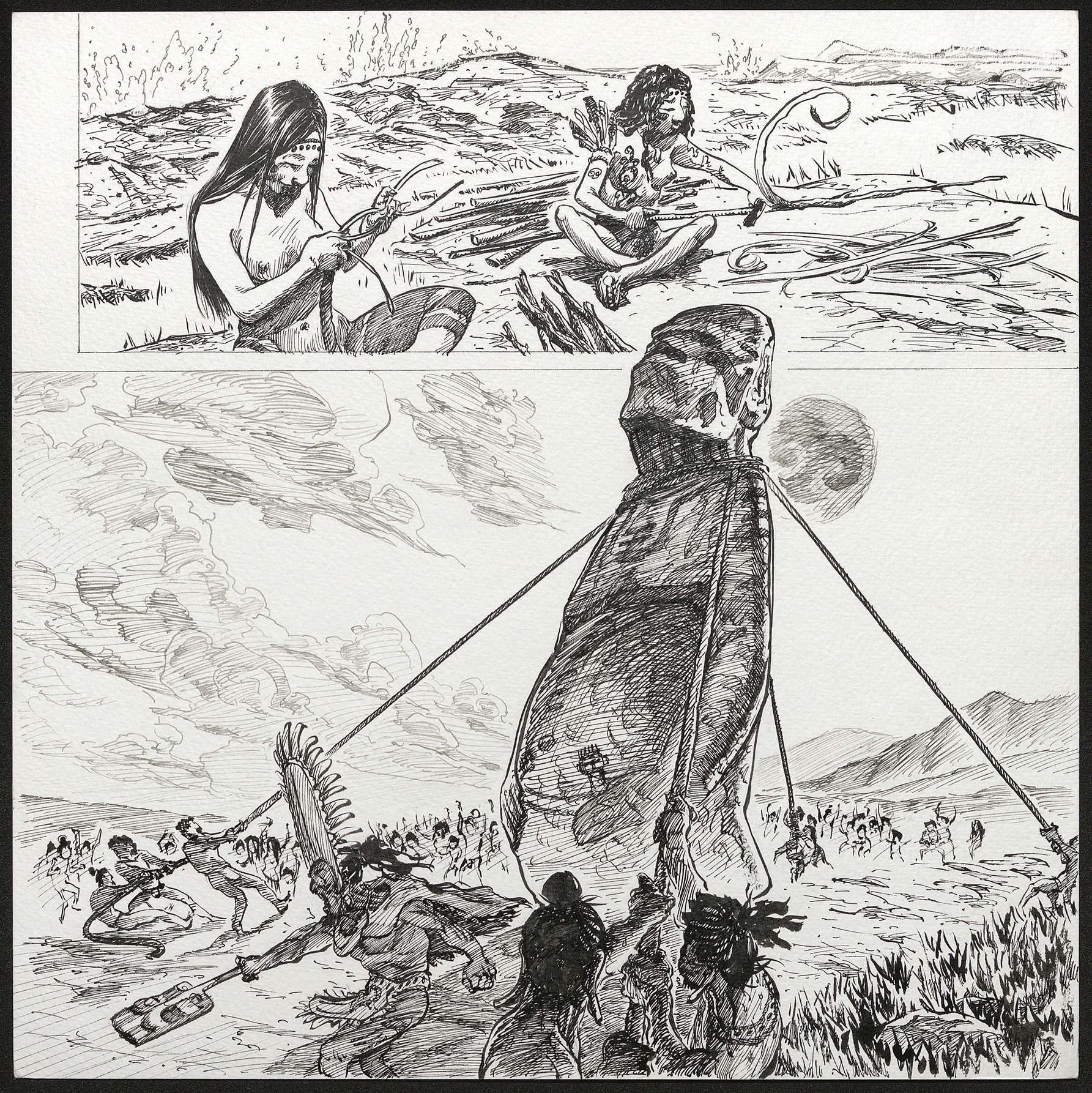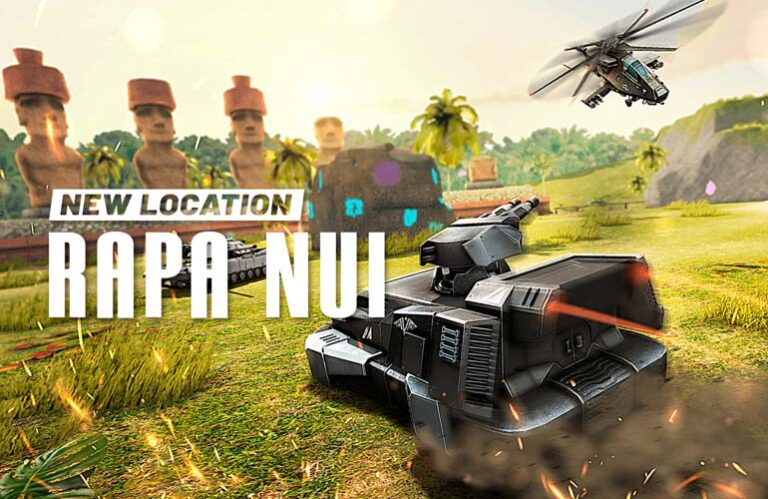Rapa Nui, also known as Easter Island, isn’t just one of the most remote places on Earth. It’s a land full of ancestral knowledge, sacred landscapes, and cultural resilience. Now, this mystical Pacific island becomes the setting for the newest Massive Warfare map.
Before you deploy on its volcanic terrain, here are three things worth knowing about the island’s real-world significance, plus a bonus that will blow your mind.
1. Rapa Nui in Video Games: Beyond the Moai
The world has seen Rapa Nui referenced in several video games over the years, often as a backdrop dominated by giant stone heads. But the island’s legacy runs far deeper than the Moai.
- In Tomb Raider: The Angel of Darkness (2003), ancient artifact lore alludes to mysterious Pacific cultures reminiscent of Rapa Nui.
- In The Sims 2: Castaway (2007), players survive on a tropical island with clear Polynesian influences.
- And in Animal Crossing: New Horizons (2020), Moai replicas became popular decorative items for players worldwide.
Despite these appearances, few games have tried to capture Rapa Nui’s real atmosphere. With this new map, Massive Warfare aims to go beyond the cliché, bringing players closer to the island’s spirit, cliffs, and energy.
2. Varua Rapa Nui: A Graphic Novel That Blends History and Legend
Varua Rapa Nui is a powerful Chilean graphic novel published in 2012, 2013, and 2016. Written by Bernardita O. Labourdette, an anthropologist who spent her childhood on the island, and illustrated by Ismael Hernández (with Fernando Pinto later joining), the three-volume series chronicles 800 years of Rapa Nui’s myth and history.
The story follows Hina, a young girl hidden in a cave by her father to protect her from tribal wars. Her journey is shaped by two opposing spirit beings, Ivi (bone) and Honu (turtle), who narrate the rise of the Moai, internal conflicts, and the eventual arrival of foreign explorers.
The project was published by Rapanui Press, an editorial house dedicated to preserving the island’s culture. The novel also includes a glossary of Rapanui terms and a bonus article exploring Polynesian-MAPUCHE connections, such as the Araucana chicken, which carries Polynesian genes and is featured in the story as Hina’s pet.
Awarded Best Edited Comic in Chile (2013) and Best Script at FIC Santiago (2013), Varua Rapa Nui became a landmark in indigenous representation within Latin American comics.
Source: Varua Rapa Nui official info (archived)

3. Te Pito O Te Henua: The “Navel of the World”
One of the island’s traditional names is Te Pito O Te Henua, meaning the navel of the world. According to oral tradition, this sacred phrase embodies the islanders’ belief in Rapa Nui as a spiritual and energetic center of the planet.
There’s even a real stone formation by that name, featuring a smooth central boulder surrounded by four smaller stones. Locals believe it radiates spiritual energy and marks where their ancestors first arrived. Today, it remains a revered site, often visited by travelers and spiritual seekers alike.
Source: Visit Chile – Te Pito O Te Henua
The idea of Rapa Nui as a cultural and cosmic center goes hand in hand with the strength of its people, who, despite centuries of colonization, have preserved their language, rituals, and worldview. You’re not just stepping onto a battlefield, you’re stepping into a place very rich in culture for the world!
Bonus Track: The Moai of Rano Raraku
Rapa Nui is home to nearly 900 Moai statues, carved between the 13th and 16th centuries. These massive stone figures were built to honor deified ancestors and were believed to embody spiritual power (mana).
What’s even more fascinating? Around 400 of those statues remain in Rano Raraku, the ancient quarry where most Moai were carved directly from volcanic rock. Many still lie half-buried or incomplete, silent witnesses to a sacred process that shaped the island’s identity.
Source: New7Wonders – Easter Island
Enter the Island With Respect
The new Rapa Nui map is more than just a battleground, it’s a tribute to a people who carved meaning into stone and preserved it through time with a living legacy.
Play with purpose. Respect the land. Honor the story!

 Skip to content
Skip to content

